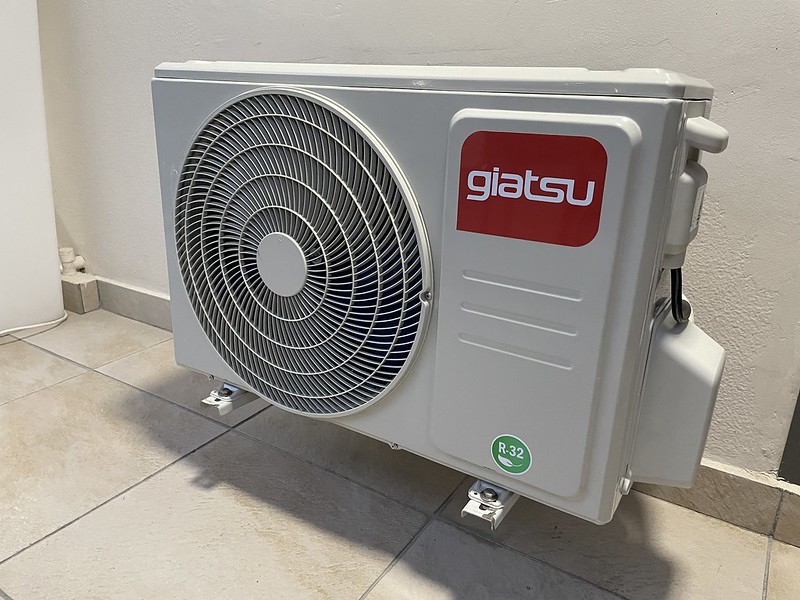Ductless mini-split systems are known for their energy efficiency and versatility, but they can sometimes struggle with maintaining optimal humidity levels. If you’re experiencing high humidity issues with your ductless mini-split, this comprehensive guide will provide you with advanced, technical, and hands-on solutions to address the problem effectively.
Check the System Settings
Ensuring your mini-split is set to the correct mode is crucial. First, make sure the system is not set to “dry mode,” as this can lead to over-cooling and increased humidity. Instead, set the system to cooling mode. Additionally, check the temperature setpoint and ensure it is set to a comfortable level, typically between 72-78°F.
Inspect the System Size
If the ductless mini-split system is too small for the space it’s cooling, it may not have the capacity to effectively dehumidify the area. To determine the appropriate system size, consider the square footage of the room, the number of occupants, and any heat-generating appliances or equipment. Consult an HVAC professional or refer to manufacturer guidelines to ensure the system is properly sized for your specific needs.
Maintain Proper Airflow
Restricted airflow can cause the mini-split to run constantly, leading to high humidity levels. Inspect the vents and filters for any blockages or obstructions, and ensure the unit is not placed too close to walls or furniture, which can impede airflow. Clean or replace the filters as recommended by the manufacturer, and consider upgrading to a higher-quality filter if necessary.
Clean the Coils
Dirty evaporator coils can significantly reduce the system’s ability to remove humidity from the air. Regularly clean the coils using a coil cleaner and a soft-bristle brush. Be sure to turn off the power to the unit before attempting any maintenance. For a more thorough cleaning, you may need to remove the front panel and access the coils directly.
Consider System Upgrades
If the above steps do not resolve the high humidity issue, you may need to consider upgrading your ductless mini-split system. This could include installing a compatible dehumidifier or upgrading to a system with a larger capacity or a more advanced humidity control feature. Consult with an HVAC professional to determine the best solution for your specific needs.
Check for Leaks
A small leak in the refrigerant line or the condensate drain can cause the mini-split to underperform, leading to higher humidity levels. Carefully inspect the entire system for any signs of leaks, such as moisture or frost buildup. If you suspect a leak, it’s best to have a licensed HVAC technician diagnose and repair the issue.
Measure Supply Air Temperature
To ensure the mini-split is effectively removing humidity, measure the supply air temperature with a meat thermometer. Turn the setpoint down and check the outcoming air temperature. The supply air should be at least 20°F colder than the room temperature. If the temperature difference is less, it may indicate an issue with the system’s ability to dehumidify.
Adjust Jumper Settings
If the ductless mini-split system is oversized for the space, adjusting the jumper settings on the indoor unit’s control board can help improve humidity control. This process involves cutting specific jumpers, known as the JRRE jumpers, to prevent the reevaporation of condensation left on the coil. Refer to the manufacturer’s instructions or consult an HVAC professional for guidance on this process.
By following these advanced and technical steps, you can effectively address high humidity issues in your ductless mini-split system and restore optimal comfort and indoor air quality in your home.
References:
– HVAC-Talk Thread: High humidity from new mini-split ductless system
– Reddit Post: High humidity after mini-splits installed
– GreenBuildingAdvisor: Options for Oversized Mini-Split Humidity Issues
– Pioneer Mini Split: Ways to Make Your AC Unit Remove More Humidity

